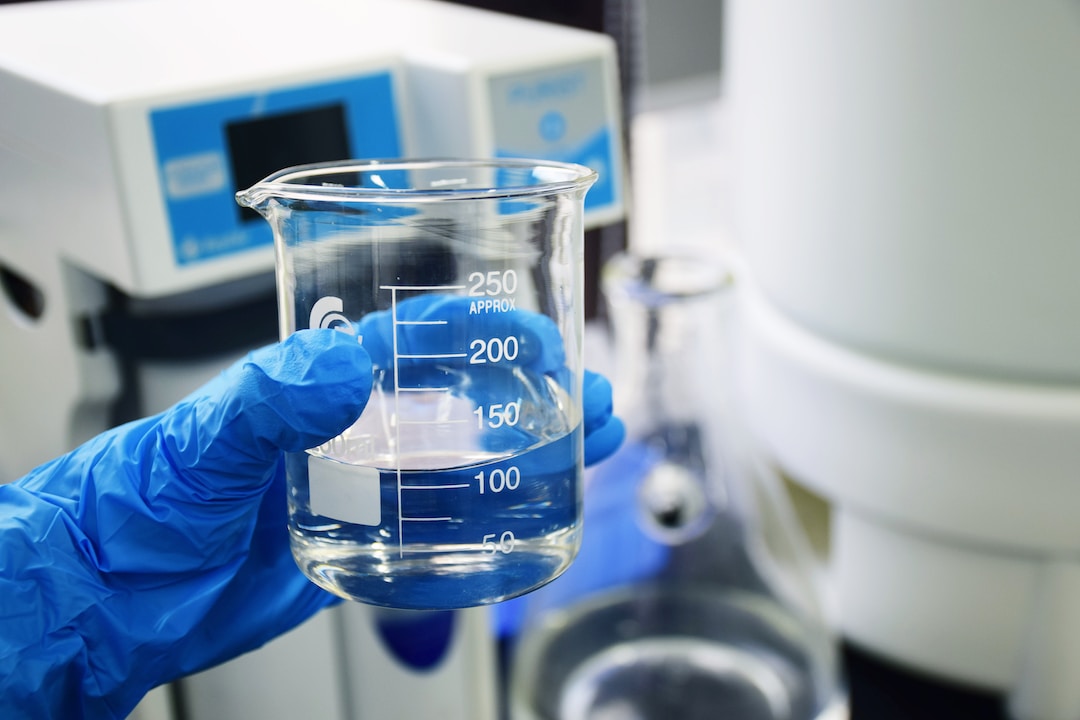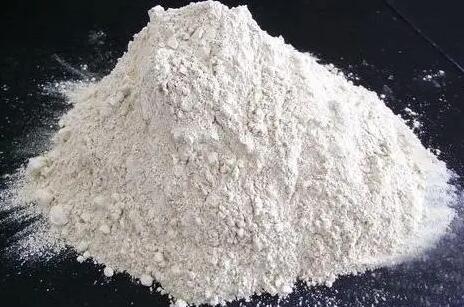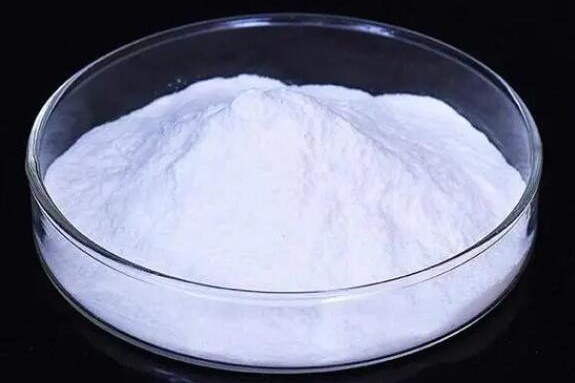Alkalinity degradation agent discolors the solution
Release time:
2024-07-31
An alkalinity-degrading agent is a chemical that can cause a color change in a solution. After the alkalinity degradation agent is added to the solution, its molecules will react with the alkaline substance in the solution, resulting in a change in the acidity and alkalinity of the solution, which in turn causes the color of the solution to change.
An alkalinity-degrading agent is a chemical that can cause a color change in a solution. After the alkalinity degradation agent is added to the solution, its molecules will react with the alkaline substance in the solution, resulting in a change in the acidity and alkalinity of the solution, which in turn causes the color of the solution to change.
This phenomenon can be observed through professional chemical experiments. In the experiment, we will select an appropriate concentration of alkalinity degradation agent and add it to the solution to be tested. As the reaction between the alkalinity degrader and the alkaline substance in the solution proceeds, the acidity and alkalinity of the solution will change significantly, resulting in a gradual change in the color of the solution.
This color change is due to changes in the electronic structure of certain chemicals in the solution. By measuring the color change of the solution, we can indirectly understand the change of acid and alkali in the solution, so as to analyze and judge the nature of the solution.
Therefore, the application of alkalinity degradation agent can help us to carry out the acid and alkaline test of the solution, and evaluate the concentration and reaction of acid and alkali substances in the solution through color change. This simple and effective method is widely used in the field of chemical experiments and analysis.
Key words:
Titanium dioxide-rutile | titanium dioxide-anatase | environmental protection-flame retardant | quality-filler
You can also learn more about Tianke dynamic






